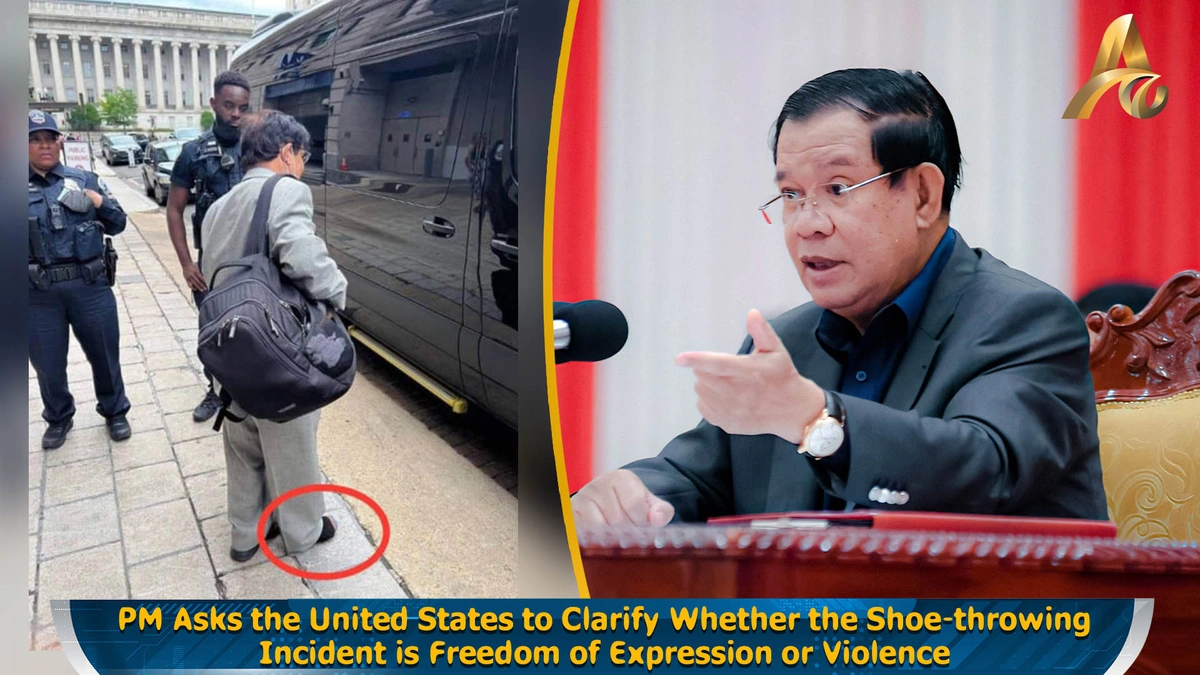Bush to Singh: Famous Shoe Throwing Incident
We’ve all seen it – a politician, a celebrity, someone in the public eye…and then, wham! A shoe comes flying out of nowhere. It’s shocking, it’s bizarre, and it’s definitely memorable. But what’s the story behind these moments of unexpected footwear flinging? Why do people do it? And what makes a shoe throwing incident so darn captivating? Let’s dive into the history and psychology behind these infamous events.
The Psychology of a Flying Shoe | Why Do They Do It?

Okay, let’s be honest. The act of throwing a shoe at someone, especially someone powerful, seems… well, a bit mad, right? But there’s often a deep well of frustration, anger, or political dissent bubbling beneath the surface. The thing is, a shoe, in many cultures, is considered unclean. So, to throw it at someone is a sign of deep disrespect. It’s a very public and very visual way to express contempt.
Think of it as a primal scream translated into footwear. It’s not always about violence; sometimes, it’s about making a statement that cuts through the noise. The anonymity it provides empowers people to act. It is a form of protest that gains immediate attention and spreads rapidly through the media, bypassing traditional filters.
The Most Famous Case | Bush Gets a Soleful Salute
Probably the most well-known shoe throwing incident involved former US President George W. Bush during a press conference in Iraq in 2008. An Iraqi journalist, Muntadhar al-Zaidi, hurled his shoes at Bush, shouting in Arabic. He became an instant (and controversial) folk hero in parts of the Arab world. What fascinates me is the speed with which the narrative took hold. He was immediately seen as a symbol of resistance. The event highlighted the deep-seated resentment towards the US presence in Iraq.
The act itself was less about physical harm (shoes aren’t exactly lethal weapons) and more about symbolic protest. Al-Zaidi was arrested and served time in prison, but his act sparked conversations about freedom of expression and the legacy of the Iraq War. You can also view the Wikipedia article to understand the incident in detail.
When Shoes Fly in India | Echoes of Protest
India hasn’t been immune to the occasional airborne shoe. While not as globally publicized as the Bush incident, there have been instances where politicians and public figures have found themselves dodging footwear. The motivations are similar anger, frustration, and a desire to voice dissent in a dramatic fashion. These incidents often highlight local grievances, political tensions, or dissatisfaction with government policies. The shoe throwing incident acts as an immediate, visual representation of public anger.
But, and this is important, the reaction to these incidents can vary wildly. Some view it as a legitimate form of protest, while others condemn it as disrespectful and disruptive. The legal consequences, too, can differ depending on the specific circumstances and the individual targeted. Remember that, in India, such an act can have serious legal repercussions, potentially leading to charges related to public disturbance or even assault.
Beyond the Headlines | The Enduring Power of Symbolic Protest
So, what makes these shoe-throwing incidents so memorable? It’s not just the absurdity of the act itself; it’s the fact that they represent a raw, unfiltered expression of public sentiment. They cut through the carefully crafted narratives and polished images of power. They’re a reminder that even the most powerful figures are not immune to public anger and ridicule.
And let’s face it, there’s something inherently captivating about seeing someone in power being challenged in such a direct and unexpected way. It’s a David-and-Goliath moment, played out with footwear. Whether you condone it or condemn it, the shoe throwing incident leaves a lasting impression and often sparks a wider conversation about the issues at play.
In conclusion, the phenomenon of shoe-throwing isn’t just a matter of random acts of aggression; it’s a complex interplay of political dissent, cultural symbolism, and psychological expression. Analyzing each incidence allows us to understand public sentiments and the depth of frustration people feel toward their leaders. The impact is undeniable, sparking discussions about freedom of speech, the limits of protest, and the need for those in power to address the concerns of the people they serve. Also read about the TVK incident on our website.
FAQ | Decoding the Shoe-Throwing Phenomenon
What are the cultural implications of throwing a shoe?
In many cultures, shoes are considered unclean, making the act of throwing one a sign of deep disrespect and contempt.
Is throwing a shoe illegal?
Yes, it can be. Depending on the context and jurisdiction, it could lead to charges related to public disturbance or assault.
Was the Bush shoe throwing incident a turning point?
It certainly amplified the global conversation around dissent and the Iraq War, though its long-term impact is debated.
Why do people choose to throw shoes instead of other objects?
The symbolic uncleanness of shoes, coupled with their accessibility, makes them a potent (and readily available) tool for protest.
Are there any other famous instances of public figure shoe throwing?
While the Bush incident is the most famous, there have been other similar incidents targeting politicians and celebrities around the world. Also read about RN Ravi Governor protest.
Does the media amplify these shoe throwing incident?
Undoubtedly. The visual and dramatic nature of these incidents makes them highly newsworthy, spreading the message far beyond the immediate context.













